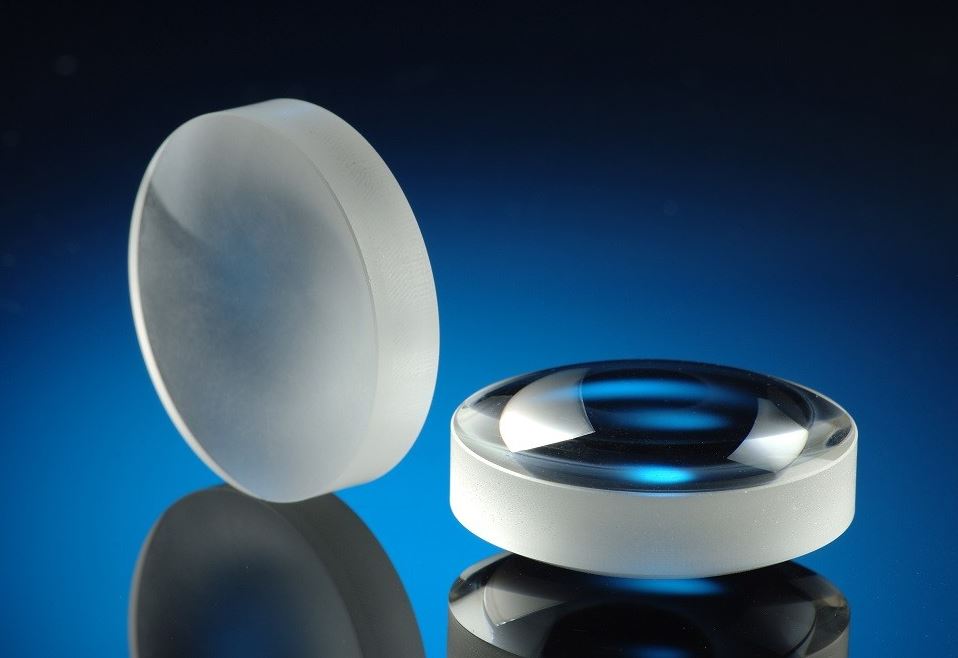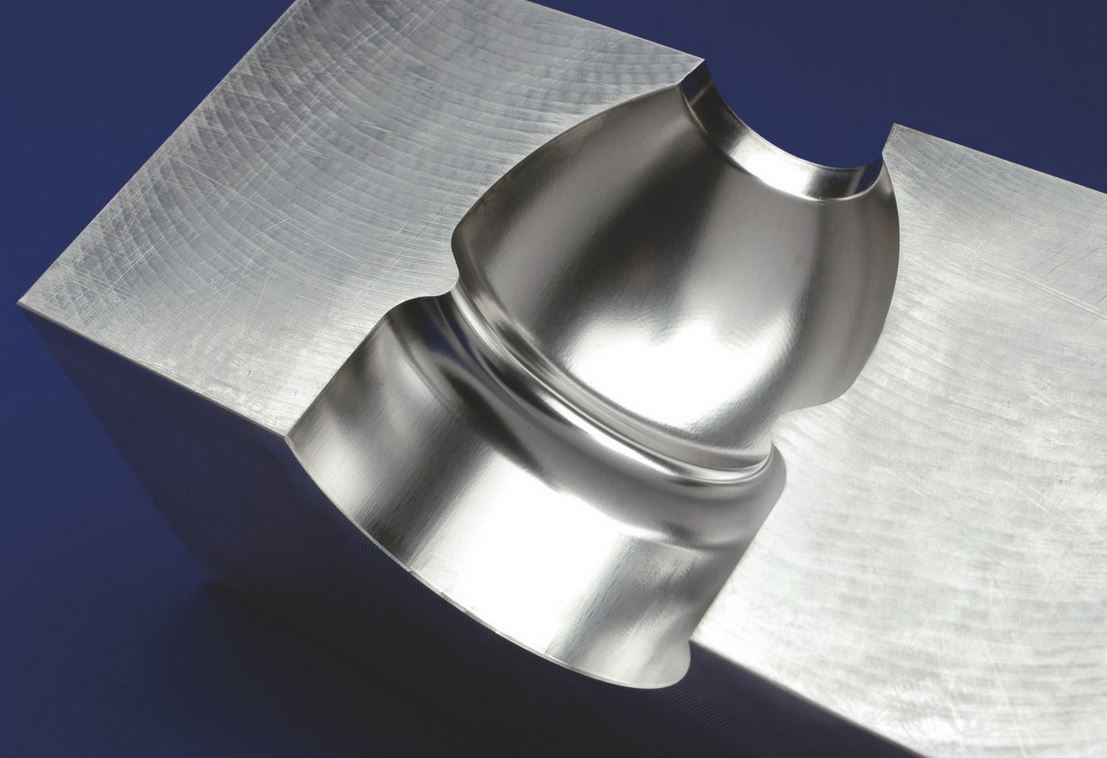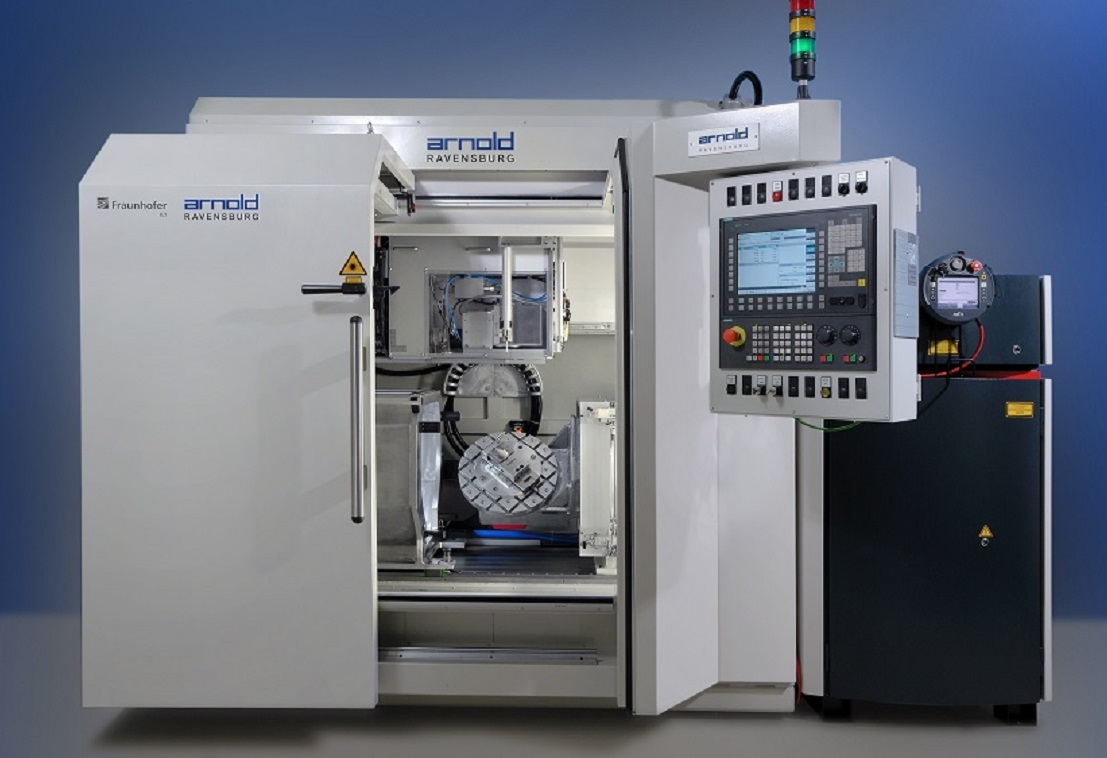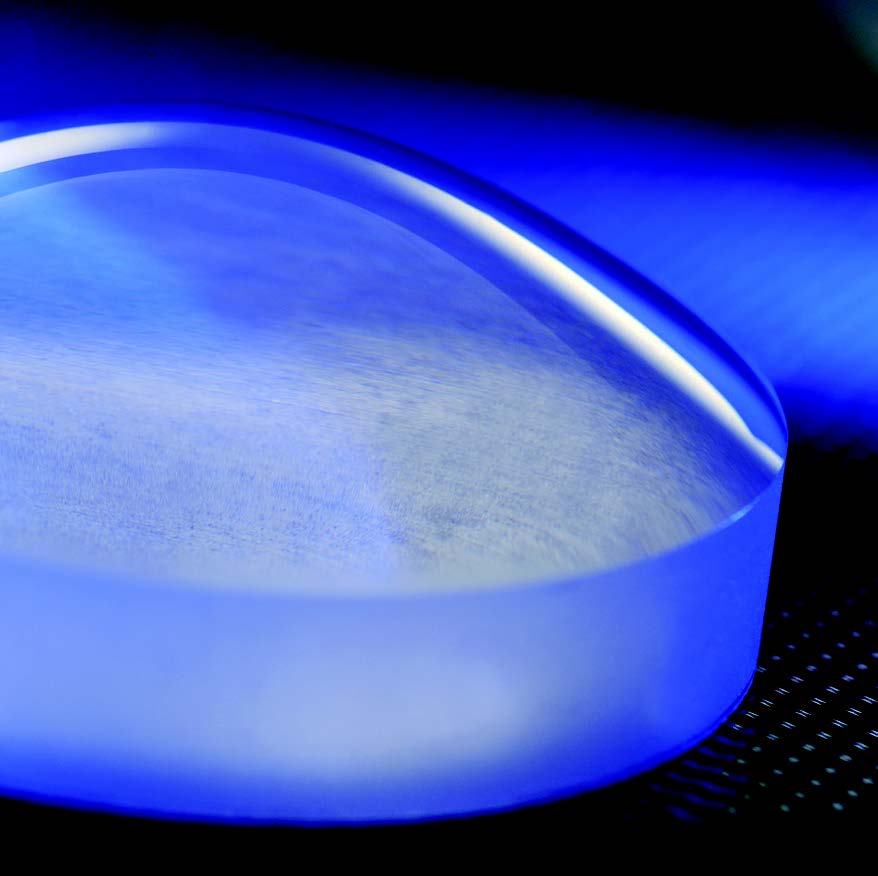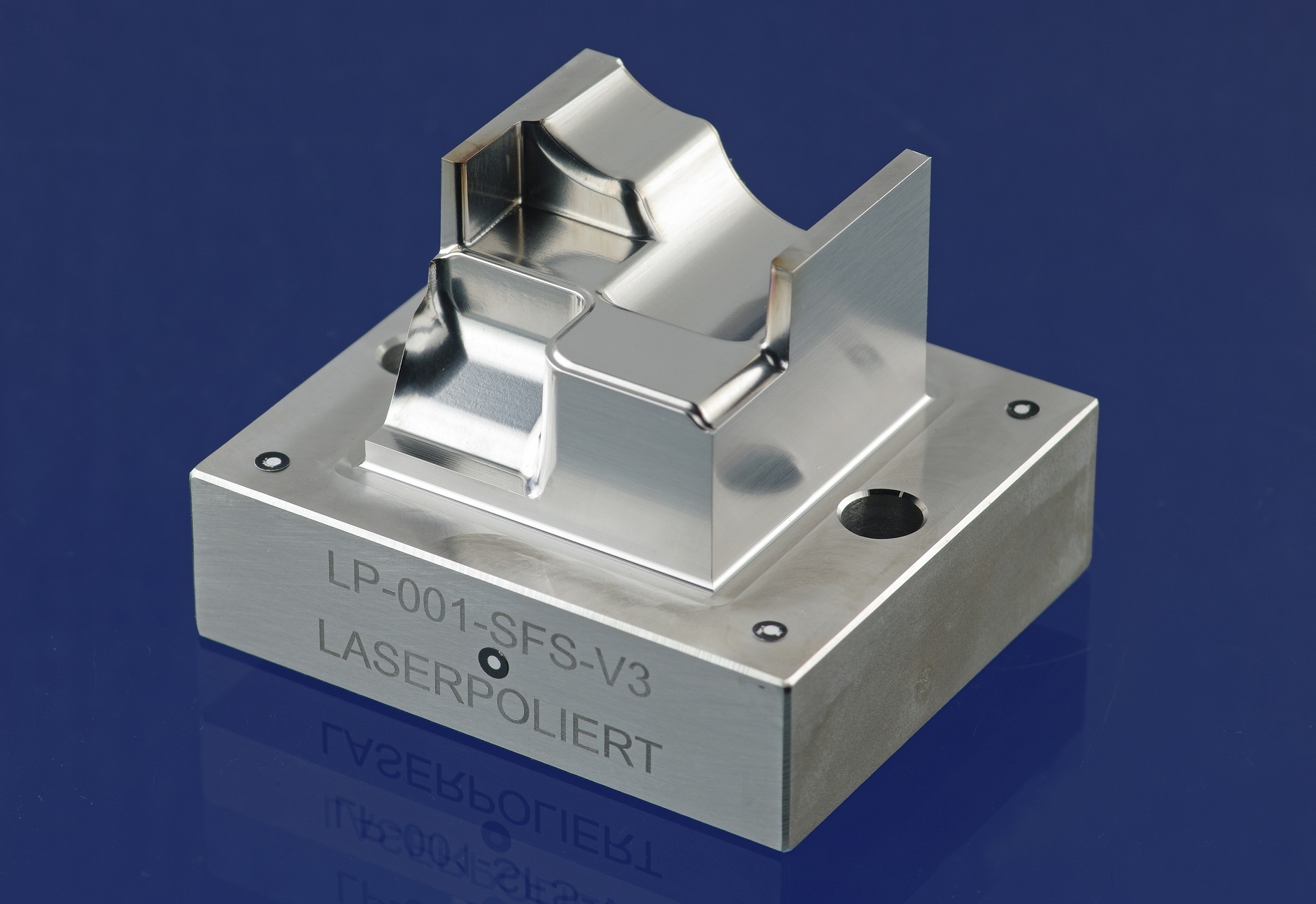“Wobbling” laser: roughness decreases by more than 60 percent
The University of Wisconsin-Madison and the Bremen Institute for Applied Beam Technology BIAS are making the laser beam wobble. US scientist Patrick J. Faue presented trochoidal laser polishing, an application in which spiral and circular movements are superimposed, thus causing the beam to virtually wobble. A fiber laser with a maximum power of 30 W (wavelength: 1070 nm, laser focus diameter: 150 μm) polished stainless steel 316L with 30 mm/s feed rate. The German-American team investigated how three differently wobbling beams (range: 1 to 15 μm) affect the results. Interestingly, all three types of wobbling reduced the roughness Ra by more than 60 percent. However, process artifacts do occur, for example in the form of surface waviness.
The increase in additive-manufactured components also influenced the content of LaP 2020. Professor Yingchun Guan, of Beihang University in Beijing, presented methods for laser polishing metallic 3D printed components made with laser powder bed fusion LPBF, a laser-based 3D printing process in a powder bed. The institute had positive results with titanium and nickel alloys (Inconel 718), among others, whose roughness Ra could be reduced from more than 10 µm to less than 0.1 μm. Turbine components, so-called blades, were polished at high efficiency (100 to 400 cm²/h). Polishing increased hardness and wear resistance by 25 to 40 percent.
Reducing the porosity of metallic 3D printed part
Lucas-Hermann Beste, a scientist at the Bremen Institute for Applied Beam Technology BIAS, in cooperation with the University of Wisconsin-Madison, USA, investigated how the porosity of layers near the surface in LPBF components can be reduced with laser polishing. An experiment with a cobalt chromium alloy (CoCr), a material often used in medical technology, showed how successful this can be. Under argon inert gas, a Q-switched 35 W solid-state laser (1080 nm) polished a small CoCr cube with a 120 μm laser beam at a feed rate of 120 to 200 mm/s. The porosity could be reduced by up to 63 percent and the roughness Sa by about 75 percent down to an average of 2 μm.
Tools and molds are particularly demanding components, because polishing is crucial to the quality and appearance of the products made with them. Since they exhibit such challenging geometry, Laura Kreinest, a member of staff at the Chair for Digital Additive Production DAP at RWTH Aachen University, explained how the laser process can be adapted to the often very uneven processing paths. She demonstrated this using a mold made of GGG40 and used to create glass flacons. Three process strategies were considered: laser polishing with 5+3, 8 or 9-axis processing. For complex geometries, 9-axis simultaneous machining is particularly advantageous, since CAM-NC paths can be planned in the workpiece coordinates. The use of a CAM-NC data chain (e.g. Powermill, Technology Processor TP4, LasPC) developed by Fraunhofer ILT has proven its worth. Laser polishing was demonstrated on a machine from Maschinenfabrik ARNOLD in Ravensburg, a machine designed for components weighing up to 100 kg and a maximum diameter of 450 mm.
The quality of the laser polishing process can be increased, given the large number of influencing parameters, if the process reliability of the process is monitored: Jack Anthony Beyfuss, Associate Professor and Director of Research University of Western Ontario, London (Canada) relies on real-time thermographic monitoring and AI software. He used a Tachyon MWIR camera system to record the operation of polishing lasers (5 to 35 W) at 3000 frames per second (64x64 pixels); this way he could use the MATLAB analysis to reduce the enormous amount of data generated with the software, among other things, in order to efficiently process the data further. According to Beyfuss, the analysis of pattern recognition has shown that it enables a user to select the most suitable information features. He closed the control loop with an AI program that works on the principle of machine learning in conjunction with a Bayesian network.
The bottom line: Successful online premiere
Initiator and moderator Willenborg from Fraunhofer ILT was satisfied with the outcome: “LaP Number Four had to be virtual, but this premiere worked out perfectly. I look forward to seeing the international laser polishing community again at the fifth LaP, which will hopefully take place live in Aachen again in 2022”.
Author: Nikolaus Fecht on behalf of Fraunhofer ILT
 Fraunhofer Institute for Laser Technology ILT
Fraunhofer Institute for Laser Technology ILT